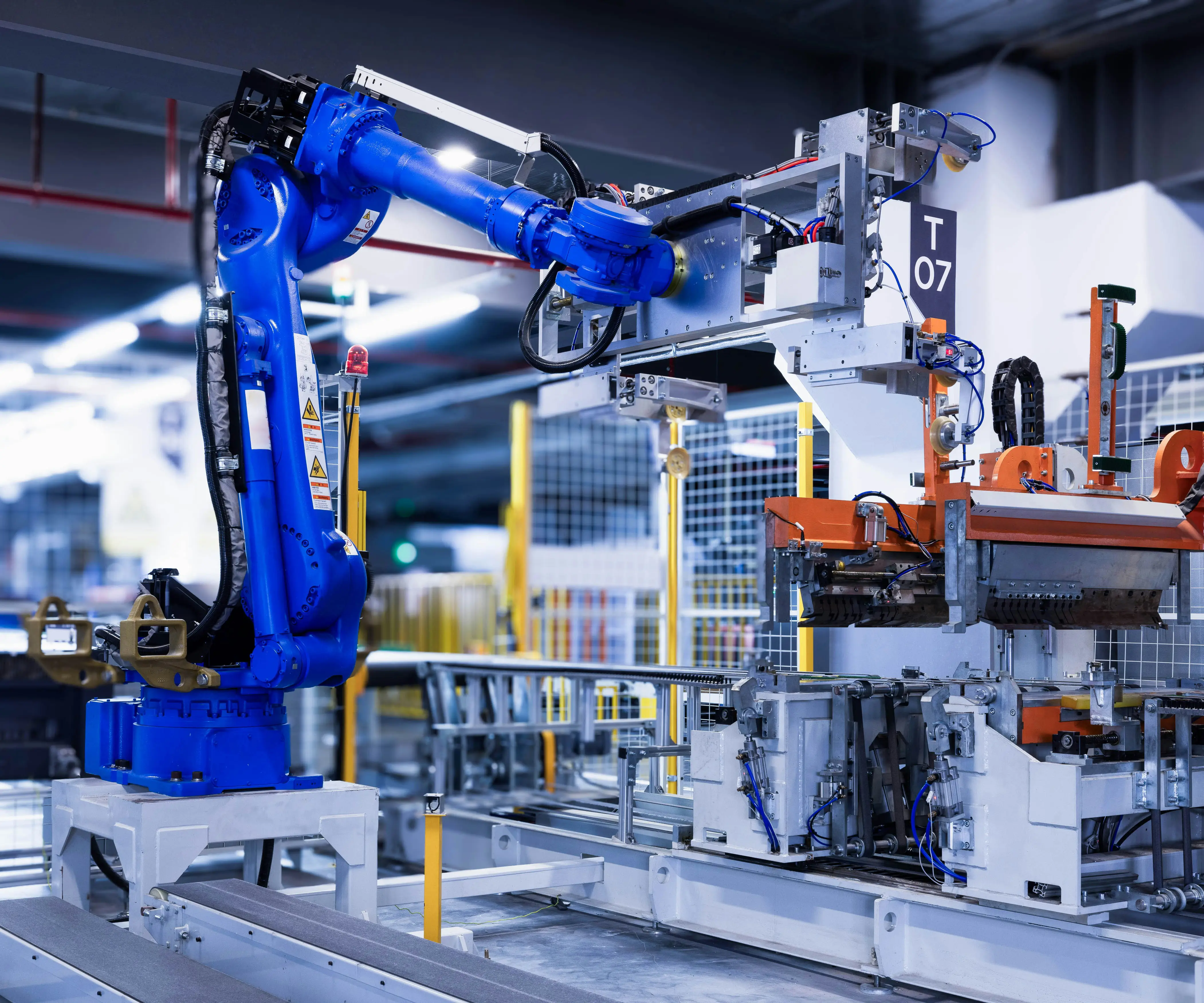Ever wondered what makes a microservice architecture truly effective? It’s like building a city—you need the right planning, smart zoning, and clear streets for smooth traffic. The secret lies in defining best practices that turn complex systems into agile, scalable, and resilient setups.

First off, don’t just slap services together without a plan. Break down your application into small, focused units—each one handling a specific job. Think of them as tiny, dedicated shops rather than sprawling malls. This way, if one shop faces issues, it doesn’t block the whole street. You keep everything flowing smoothly.
And here’s a toss-up—how do you decide what stays as a microservice and what gets bundled? One word: autonomy. Services need independence, so they can be developed, deployed, and scaled differently without stepping on each other's toes. It’s like giving each worker their own workspace; productivity skyrockets.
Now, what about communication? REST APIs, message queues, or gRPC—pick what fits best. Clear, consistent interfaces matter more than you think. Imagine calling customer service and getting inconsistent answers—that’s chaos. The same principle applies here. Well-structured communication can save you from sinking into a mess of tangled dependencies.
One thing that often trips people up is data management. Keep data decentralized when it makes sense. Centralized databases are tempting but can turn into bottlenecks. Each microservice should own its data, making the system more flexible. Say you update a user profile—if that data lives in one place, it’s easier to keep everything up-to-date and consistent.
Security? Don’t overlook it. Every service is a doorway; protect each one with proper authentication. It’s like locking every shop in your city so no one can sneak in unnoticed. You don’t want vulnerabilities hanging around like open windows.
It’s tempting to rush into the technical stuff after reading about microservices. But what about team alignment? Without proper communication and responsible boundaries, you might end up with chaos instead of order. Having clear standards, best practices, and monitoring in place can make all the difference.
Ask yourself—are you prepared to tackle the scale and complexity? Microservices aren’t magic. They demand discipline, planning, and a mindset for continuous improvement. It’s not just about breaking down applications but building a resilient, flexible ecosystem that adapts as your needs evolve.
Imagine your system as a living city—dynamic, interconnected, but organized. Sharp best practices guide your journey, helping you avoid potholes and dead-end alleys. After all, when every piece of the puzzle fits perfectly, your application can grow faster, innovate more, and stay ahead of the curve.
Established in 2005, Kpower has been dedicated to a professional compact motion unit manufacturer, headquartered in Dongguan, Guangdong Province, China. Leveraging innovations in modular drive technology, Kpower integrates high-performance motors, precision reducers, and multi-protocol control systems to provide efficient and customized smart drive system solutions. Kpower has delivered professional drive system solutions to over 500 enterprise clients globally with products covering various fields such as Smart Home Systems, Automatic Electronics, Robotics, Precision Agriculture, Drones, and Industrial Automation.




































